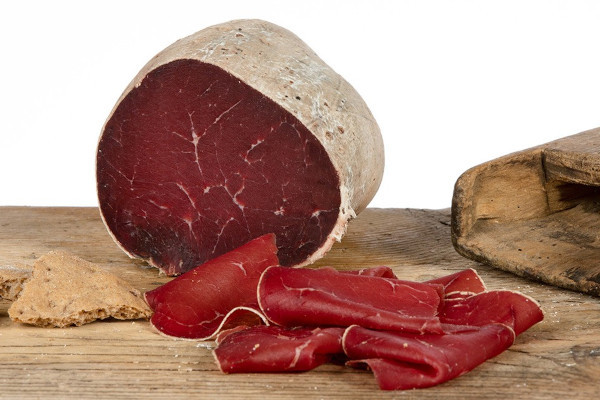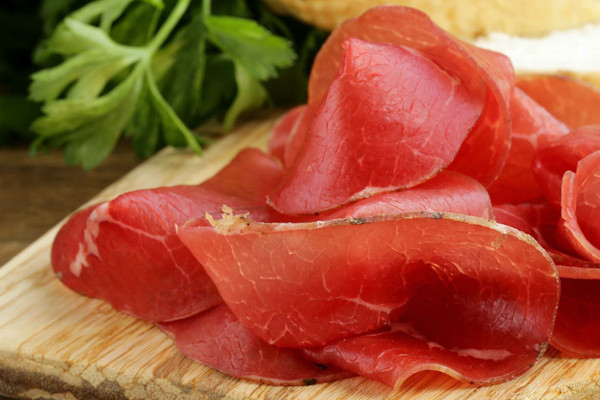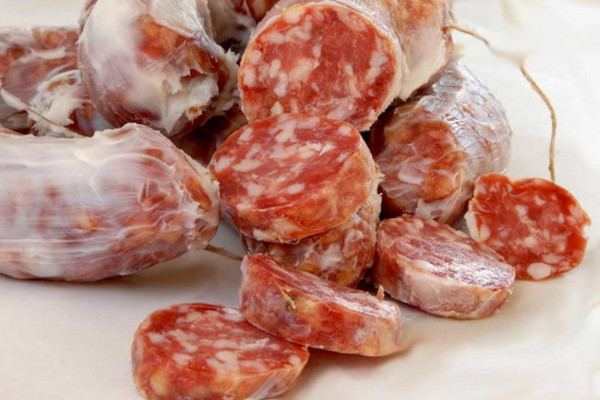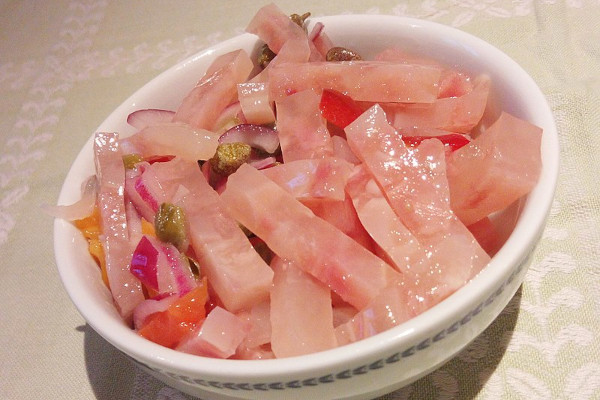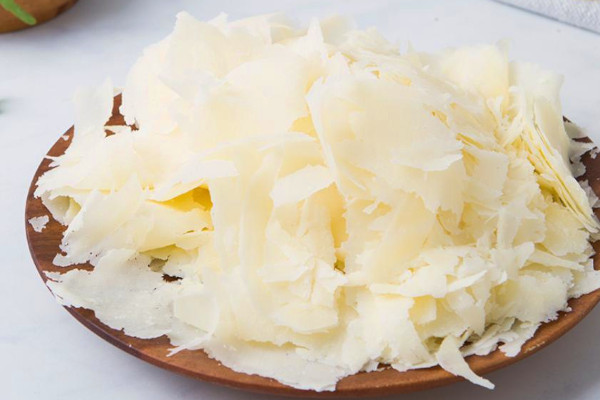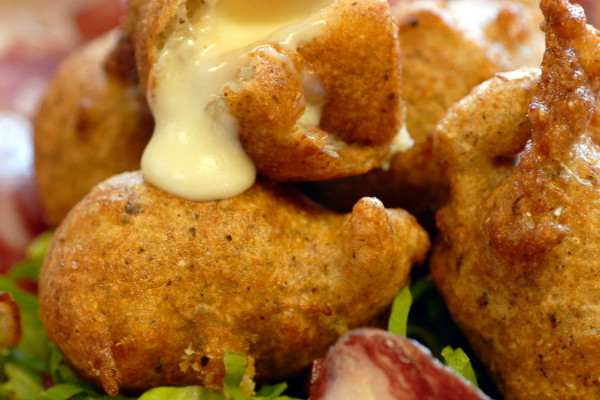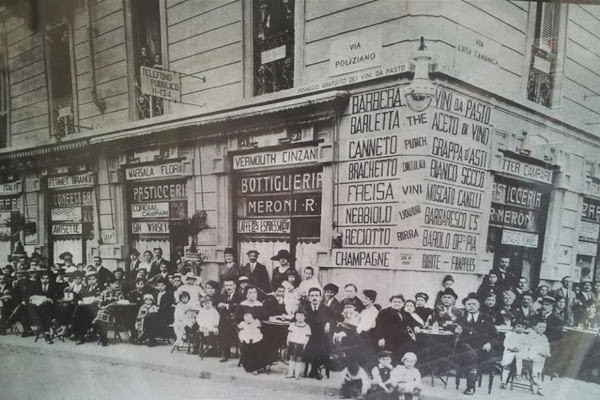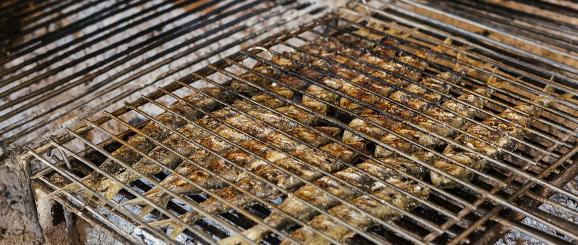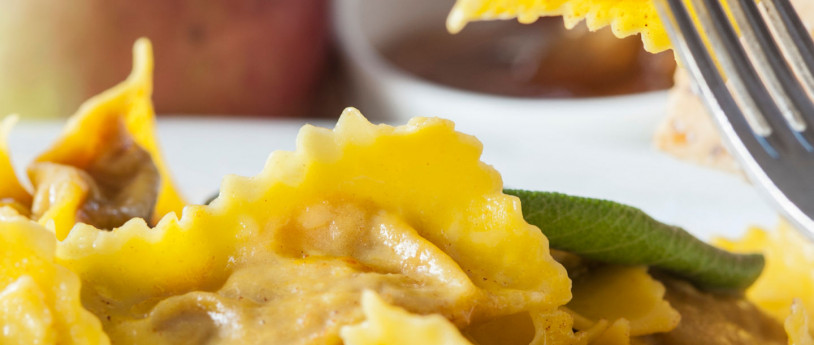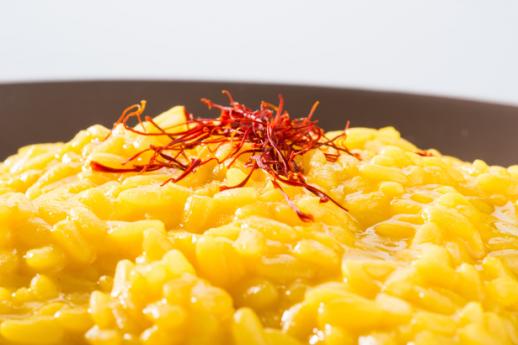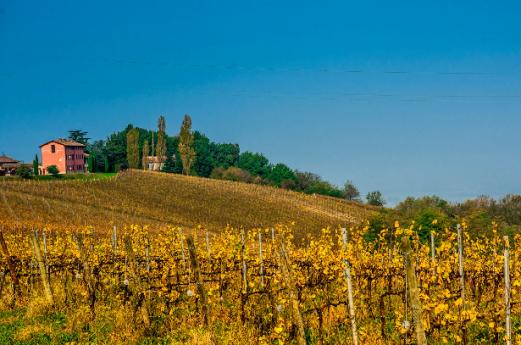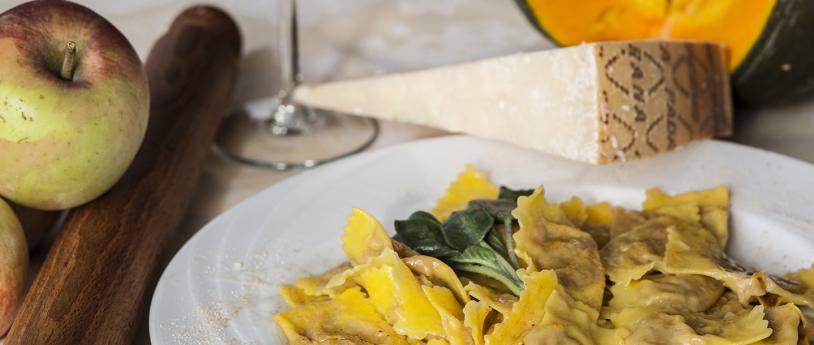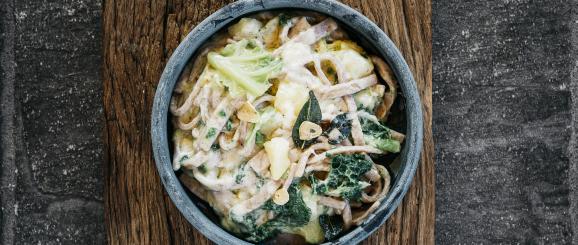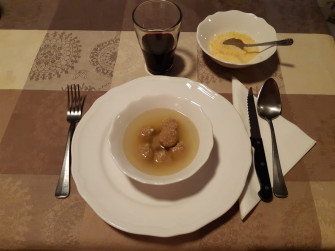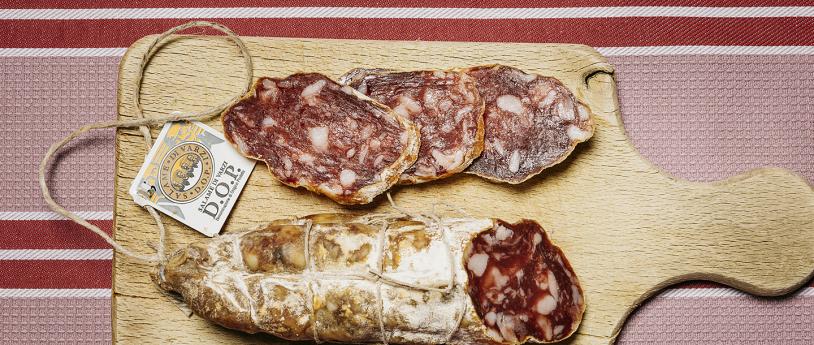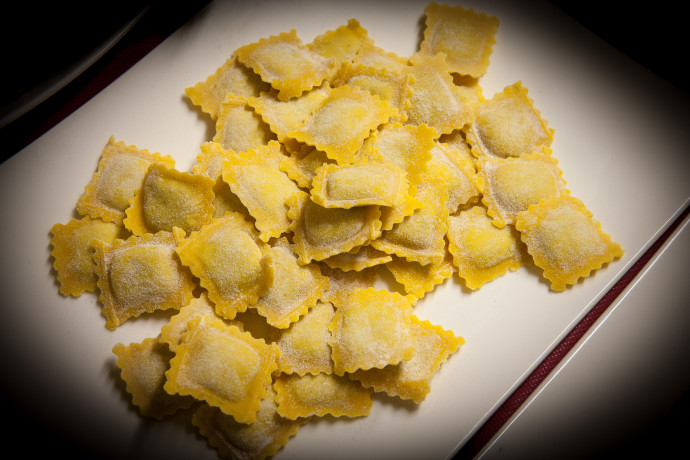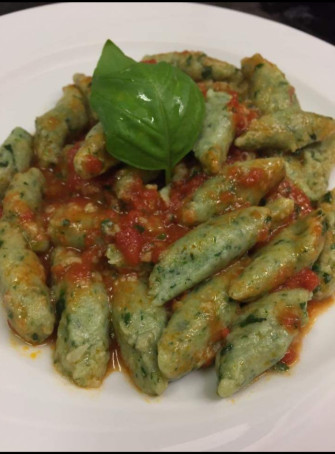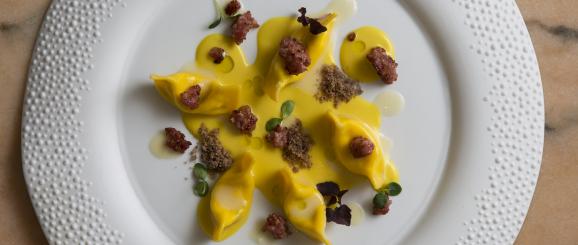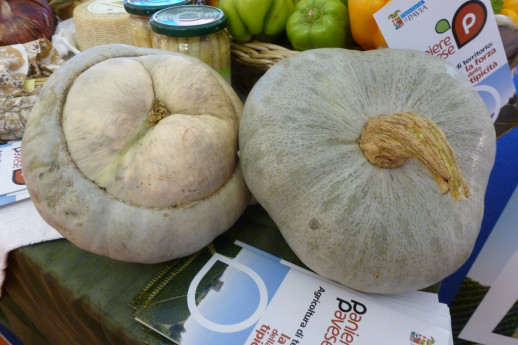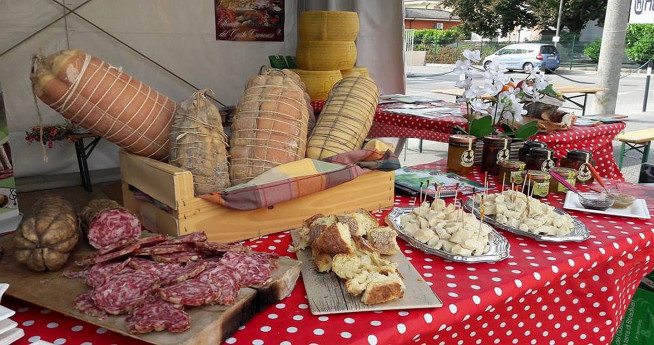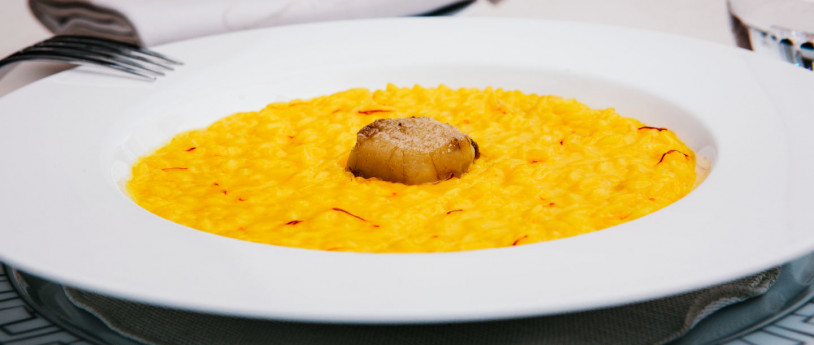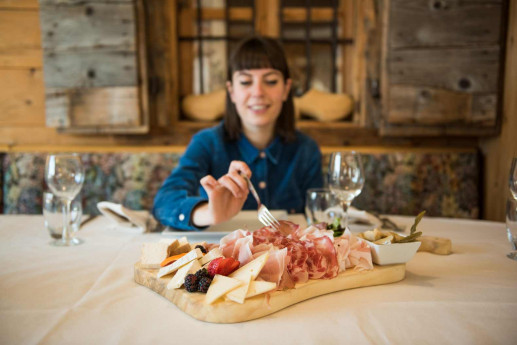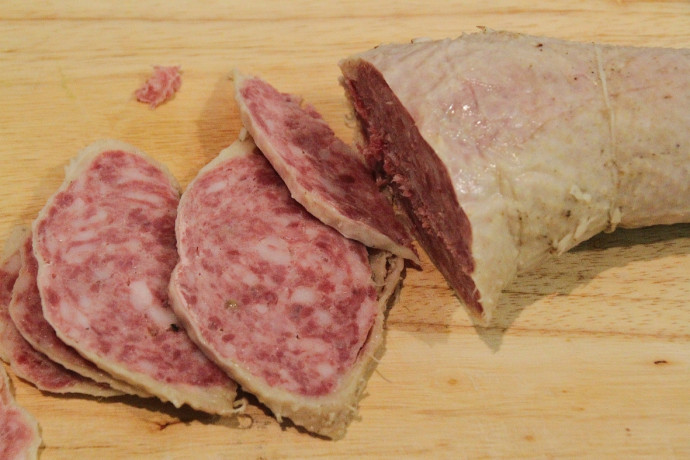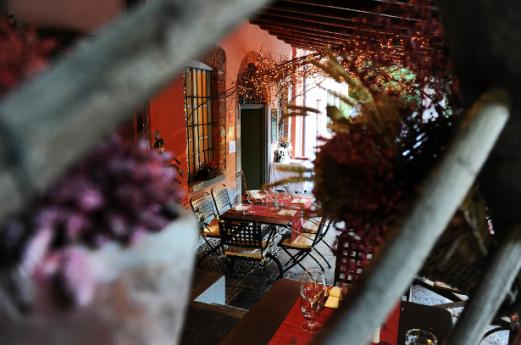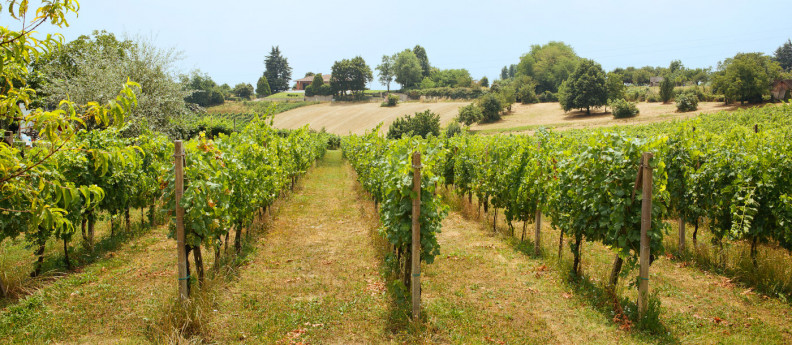- Food & Wine
The appetizers of the Lombardic tradition
The unique appetizers of the Lombardic gastronomic tradition: salami, pan dorà, insalata di nervetti, mondeghini, rebecchini, sciatt, and chub pate.
In the cuisine from Lombardy, appetizers have an ancient tradition. If the French imported during their 36 years of domination of Lombardy (between 1500 and 1800) the so-called hors d'œuvre ("out of work", that is, typical dishes of the Grand Cuisine), in reality, the Romans never joked at all about the subject of ante-pastum. A custom that has continued over the centuries, not only on the richest tables, to inaugurate banquets and dances, but also on the most humble Sunday tables, which, making up for the scarce possibilities, drew from the imagination, combined with the domestic gastronomic talent and the rich tradition of regional cuisine of Lombardy.
Still current even today, the cold and hot appetizers from Lombardy reflect the eclecticism of contemporary cuisine, but tradition remains the protagonist of many courses that start meals, dinners and reign supreme over aperitifs and happy hours. The dishes that have disappeared from the Lombardic gastronomic tradition have been rediscovered, the forgotten flavors revitalized, the rare ingredients reappeared, often reworked in new dishes.
These are ancient foods, dishes cooked by the poorer classes, that were served in the taverns of Lombardy, such as pan dorà (golden bread), nervìtt in insalada (nervetti salad), rebecchini, mondeghini, sciatt... many with Italian names that don’t have an English equivalent. Here are some tasty and simple example to make, to bring to the table.
Which appetizer contains no cold cuts?
The Italian antipasto par excellence, also the one from Lombardy, is based on cured meats. So, first of all raw and cooked ham, with which, on the DOC (Protected Designation of Origin) Lombardic table, hard-boiled eggs should not be missing, as in the past in Trani (the taverns where bulk wine was drunk in Milan). They are served as they go well with alcohol and since they are seasoned with oil, salt and pepper, they tickle the appetite.
Among the best Lombardic sausages is certainly the Bresaola della Valtellina, which since 1996 has been protected by the IGP mark (Protected Geographical Indication). Traditionally bresaola is seasoned with oil and lemon and pepper or served with pickles (mushrooms, artichokes, peppers) which give this fat-free sausage a sweet note, preferable to the sour pickles.
All cured meats from Lombardy are rightly renowned: Varzi salami, a DOP product from Oltrepò Pavese, has been known since 600 A.D., when it was produced by the monks from the Abbey of San Colombano di Bobbio.
And then there is the salami of duja della Lomellina, small sausages preserved in lard inside terracotta containers from which they take their name. And in addition, there is the sweet Mantovano salami, flavored with garlic macerated in white wine. A suggestion: it is better to combine the pickles - classic green chilies and onions - with fatty cured meats, which clean the palate.
Lombardic meat appetizers
Among the best known Lombardic appetizers, especially in the area around Milan, the place of honor goes to the nervetti, or nerves, prepared with the less noble parts of the veal calf, knee cartilage and the shin that is boiled, cut into strips and seasoned with oil, vinegar, salt, pepper and spring onions. They are eaten with a crunchy texture, at room temperature.
The small meatballs inherited from the Milanese by the Spaniards (1525-1700) also deserve a place of honor: the albóndigas, which have become known as Mondeghili in the local dialect. A humble dish prepared with stale bread softened in milk, meat (once what was available at home, mixed with sausage and mortadella) and eggs, must be fried, strictly, in butter. In the lard, on the other hand, pan dorà, a "bread cutlet" simply prepared with stale bread that has been breaded and cooked, it should also be fried.
The protagonists are the Lombardic cheeses
The delicious Lombardic cheeses are a typical ingredient of traditional appetizers, such as the Lodi Raspadüra, which consists of very thin cheese leaves, originally obtained from the imperfect forms of Granone. And then, there is never a shortage of croutons: among many, the Taleggio croutons, are a fragrant cheese from the Bergamo valley of the same name.
Another important cheese is the leading actor in a popular Lombardic appetizer, the baked Belgian endive stuffed with gorgonzola and walnuts, a true concentration of flavor! This famous cheese, which has been DOP since 1996 and originally from the homonymous town, in the province of Milan, has appeared on Lombardic tables since the 15th century!
With Casera and buckwheat, an exquisite specialty of Valtellina is made: tasty pancakes stuffed with cheese, called sciatt in dialect, meaning toads, due to their swollen and irregular shape.
Polenta and semolina to whet your appetite
Polenta is not necessarily a single dish however it serves as an excellent ingredient for making small courses that prepare the palate to enjoy the richest first courses. Classically Lombardic, the tasty rebecchini, squares of polenta stuffed with anchovy sauce and then fried or baked, are perfect appetizers that invite you to make a toast.
The semolina polenta is the basic ingredient of the margottini, from the name of the smooth mold used to cook these cakes typical of the valleys of Bergamo. They are prepared by alternating layers of semolina with slices of branzi or gruyere and parmesan and depositing a whole egg yolk in the center. A few minutes in the oven and a real surprise for the palate is ready!
Lake fish pate
Finally, among the traditional Lombardic appetizers, those made from fish cannot be ignored… fresh water, of course! Here is an ancient one, certainly interesting, that we find both in the Como area and in the Brescia area: the chub pate, a lake fish with a delicate and very healthy flavor, served in a jelly. But be careful: if you want to try your hand directly on the stove, bone it with the utmost care, it is a coveted fish to taste, but difficult to prepare!
